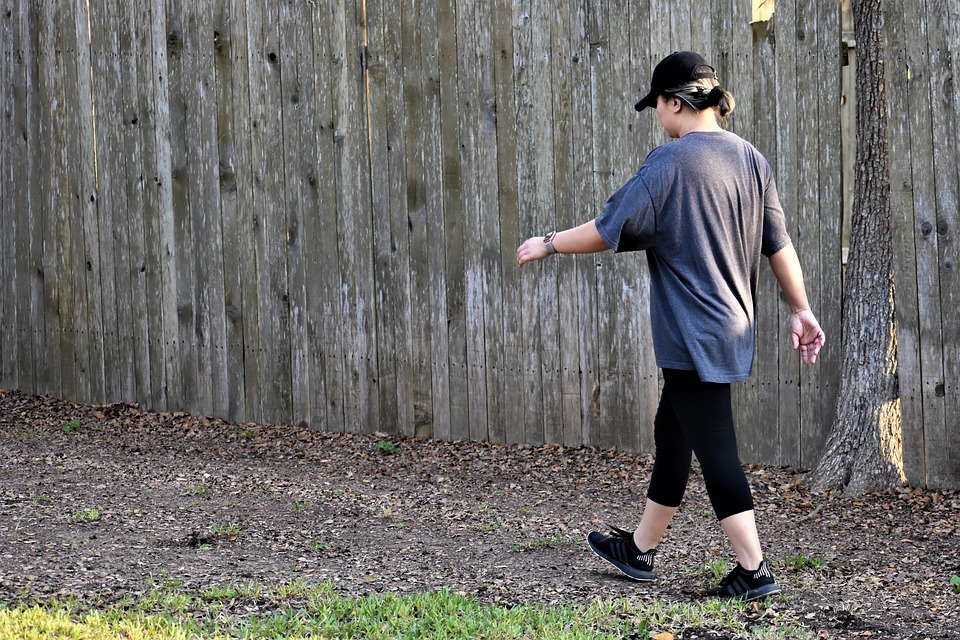When it comes to exercise, misinformation and myths abound. From the effectiveness of certain workout routines to the biomechanics of our bodies during physical activity, understanding the truths behind exercising can significantly influence our fitness journeys. Here, we’re busting some common exercise myths and shedding light on what really happens to your body when you work out.
Myth 1: Lifting Weights Makes Women Bulky
The Truth:
One of the most persistent myths in the fitness world is that women who lift weights will become bulky or develop exaggerated muscle mass. In reality, women typically have lower levels of testosterone than men, which limits their capacity to gain large muscle mass. Instead, strength training helps women tone their muscles, improve their metabolism, and enhance overall body composition. In fact, resistance training can lead to a more sculpted physique, increased strength, and improved functional performance in daily activities.
Myth 2: You Need to Work Out Every Day to Get Results
The Truth:
While consistency is essential, it’s not necessary to work out every day to see progress. In fact, giving your body time to rest and recover is crucial for muscle growth and overall performance. Most fitness experts recommend incorporating rest days into your routine, allowing your muscles to repair and rebuild. It’s also essential to listen to your body—overtraining can lead to burnout or injury, which can set you back in the long run.
Myth 3: Cardio is the Only Way to Lose Weight
The Truth:
While cardiovascular exercises like running, cycling, and swimming can help burn calories, they are not the only solution for weight loss. Weight training, high-intensity interval training (HIIT), and even activities like yoga can effectively contribute to weight management. Building muscle through strength training increases your resting metabolic rate, meaning you’ll burn more calories at rest. Moreover, a balanced diet alongside a combination of different exercise types is crucial for effective weight management.
Myth 4: Stretching Before a Workout Prevents Injuries
The Truth:
Static stretching, involving holding a stretch for an extended period, is often believed to prevent injuries when done before exercising. However, recent studies suggest that static stretching before a workout might actually impair performance and increase the risk of injury, particularly in strength-based activities. Instead, dynamic stretches—like leg swings, arm circles, or light jogging—can effectively warm up the body by increasing circulation and flexibility without the drawbacks of static stretching.
Myth 5: You Can Target Fat Loss
The Truth:
The idea that you can lose fat in specific areas of your body through targeted exercises is misleading, often referred to as "spot reduction." Fat loss is a systemic process, meaning you cannot control where your body loses fat first. Genetics play a significant role in determining where fat is stored and lost. While strength training can help develop muscles in specific areas, overall fat loss comes from a balanced approach that includes cardiovascular fitness, resistance training, and proper nutrition.
Myth 6: Sweat is the Sole Indicator of a Good Workout
The Truth:
Many people believe that if they’re not sweating buckets, they aren’t getting a great workout. However, sweat production varies from person to person and is influenced by various factors such as hydration levels, ambient temperature, and genetic predisposition. The effectiveness of a workout is more accurately gauged by the intensity, duration, and type of exercises performed rather than the amount you sweat.
Conclusion
Understanding the realities of what happens to your body during exercise can empower you to make informed choices in your fitness routine. By busting these myths, you can develop a more balanced approach to your health and well-being. Remember that fitness is not a one-size-fits-all journey; what works for one person might not work for another. Focus on what feels right for you, establish a routine that includes a variety of exercises, and most importantly, listen to your body. Armed with accurate information, you can take confident strides towards achieving your fitness goals.




